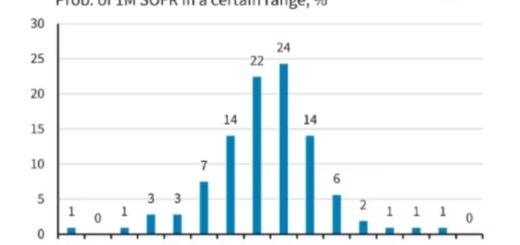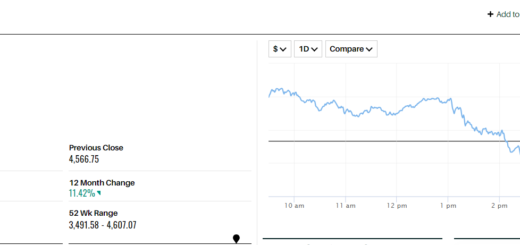How the Market Bets on the Next President
The Dow Jones Industrial Average’s performance as a predictor of U.S. presidential election outcomes warrants serious consideration.
There is a strong correlation between the Dow’s year-to-date return through mid-October and the chances of the incumbent party winning the presidency. This relationship is statistically significant at a 97% confidence level.
Currently, the Dow’s impressive year-to-date return suggests a 72% probability that Vice President Kamala Harris, the Democratic candidate, will win the November election. Just two months ago, the Dow indicated a 64% chance of her victory, and in May, that figure was 58%.

These rising probabilities are driven by the stock market’s gains, as historical data reveals a strong link between the Dow’s performance in an election year and the incumbent party’s likelihood of success.
It’s worth noting that this 72% probability stands in contrast to the 43% chance assigned by electronic futures markets, as aggregated by Election Betting Odds. Which forecast should you trust?
There is no clear-cut answer. Electronic futures markets are relatively new, with limited data to establish a strong track record. The Dow, however, has over a century’s worth of data, covering more than 30 presidential elections since the late 1800s. My analysis shows that the correlation between the Dow’s year-to-date performance by mid-October and the incumbent party’s chances of winning is statistically significant.
The data shows a clear pattern:
- In years when the Dow’s year-to-date gain exceeded 10% by October 15—like this year, with a 13.4% rise—the incumbent party won 78% of the time.
- When the gain was positive but below 10%, the incumbent party won 60% of the time.
- When the Dow posted a year-to-date loss by mid-October, the incumbent party’s chances of winning dropped to 42%.
The logic behind using the stock market as a predictor is that it serves as a leading indicator of the economy’s future performance, and voters tend to base their decisions on their financial situation. While consumer sentiment has been weak this year despite a strong stock market, statistical analysis shows that the stock market remains a more reliable predictor of election outcomes than consumer sentiment.
In summary, the Dow’s performance as an election predictor is backed by significant historical data and deserves to be taken seriously.




